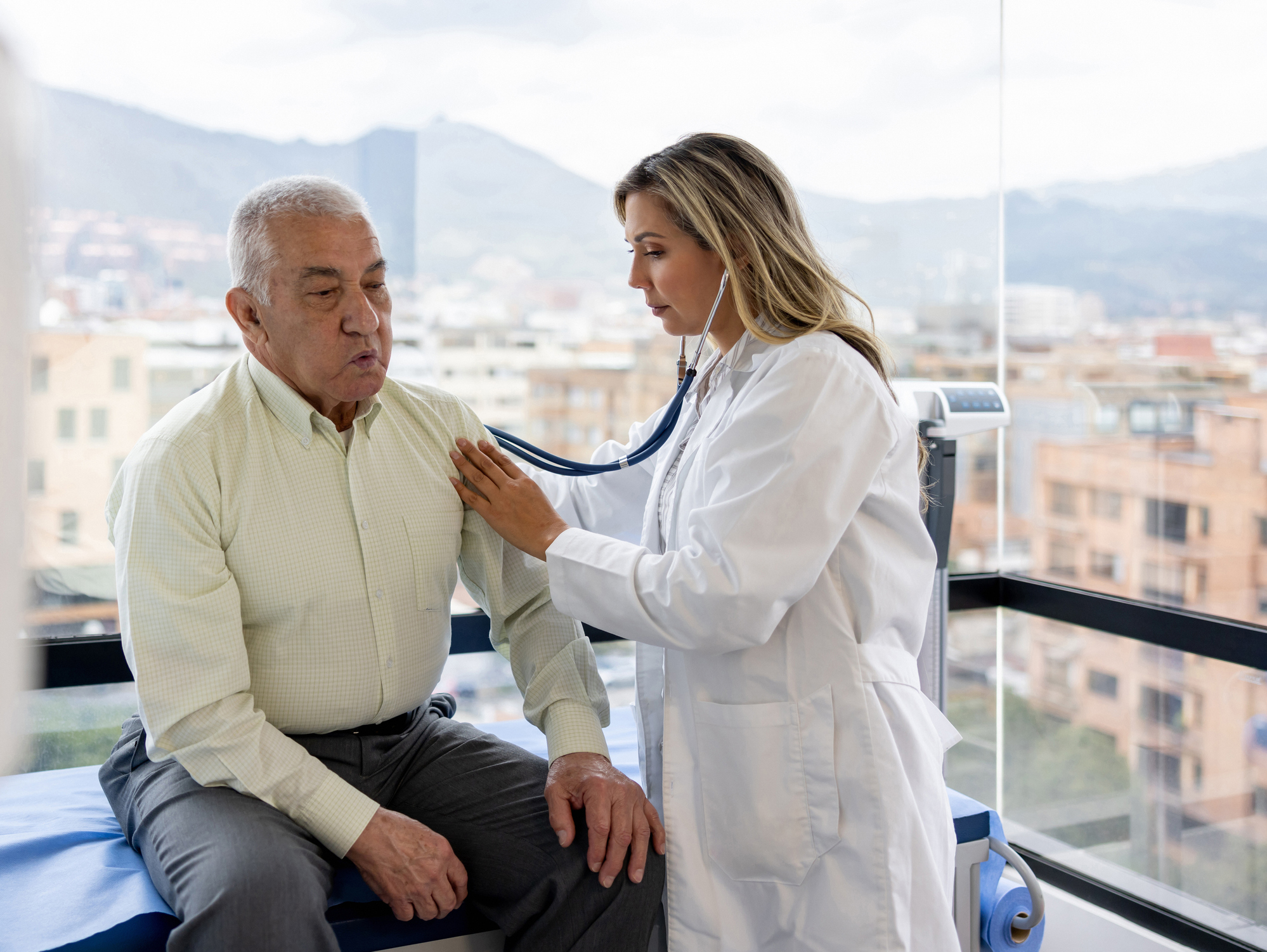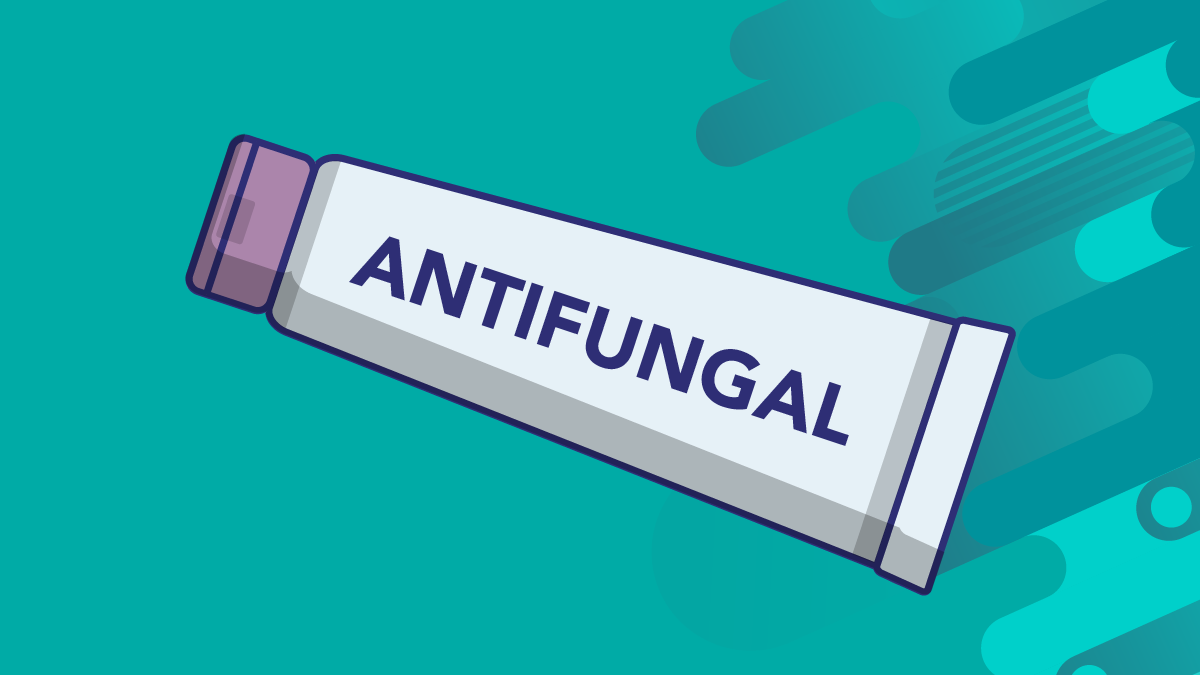At a glance
- Cryptococcosis is caused by inhaling fungal spores from Cryptococcus.
- Cryptococcosis typically occurs in the lungs or in the spine and brain as cryptococcal meningitis.
- Most infections occur in people with weakened immune systems, and particularly among people with advanced HIV disease.
- The type, dose, and duration of antifungal treatment depends on the location and severity of the infection and patient characteristics.

Etiology
Inhaling fungal spores from Cryptococcus can cause cryptococcosis. Two species of Cryptococcus cause most infections: C. neoformans and C. gattii. Cryptococcus generally lives in soil, decaying wood, tree hollows, and C. neoformans also lives in bird droppings.
C. neoformans is found globally and C. gattii is mostly found in tropical and subtropical areas of the world. However, they also live in more temperate areas like British Columbia, Vancouver Island, the U.S. Pacific Northwest, and California.
Risk factors
Risk for cryptococcosis is highest among people with weakened immune systems, particularly among people who:
- Have advanced HIV/AIDS.
- Have had an organ transplant.
- Take medications that weaken the immune system, including:
- Corticosteroids and medications to treat rheumatoid arthritis.
- Corticosteroids and medications to treat rheumatoid arthritis.
Immunocompetent people can become infected but it is less common.
How it spreads
Cryptococcus infection occurs when a person inhales microscopic spores from the environment. The spores grow in the body to cause infection, which can spread to other areas of the body, including the brain and spinal cord.
Clinical features
Incubation period
The incubation period of cryptococcosis is not well-established. Symptoms of cryptococcal infection typically appear weeks to months after breathing in spores. However, people can develop an infection many years after exposure, which is usually a form of reactivation when the person developed a weakened immune system.
Course of infection
Cryptococcus enters the body through the respiratory system, so infection can look like pneumonia. Symptoms can include cough, fever, chest pain, and weight loss. Pulmonary nodules and hilar lymphadenopathy may be seen on chest radiography.
Cryptococcus can also spread to the central nervous system (CNS), or brain and spinal cord, and cause meningoencephalitis. Symptoms of a CNS infection may include fever, headache, lethargy, neck stiffness, photophobia and mental status changes.
Sequelae
Cryptococcal meningitis may lead to permanent neurologic damage. Cases can be fatal, especially if appropriate treatment and management are not received. Mortality rate varies by geographic location, access to medical care, and immune status of the host.
Diagnosis
Culture
Culture is the gold standard for diagnosing cryptococcal infection. Culture is used to identify Cryptococcus from human body specimens. Culture can be used to differentiate between C. gattii and C. neoformans.
Microscopy
Microscopy uses India Ink to quickly visualize Cryptococcus cells under a microscope. It is usually performed on cerebrospinal fluid (CSF).
Antigen
Antigen detection in CSF, plasma, and serum is useful for rapid detection of infection as well as early, asymptomatic infection in patients with HIV. Methods include latex agglutination, enzyme immunoassay, and lateral flow assay.
Recent Advances
Recent advances in identification systems such as Matrix-assisted laser desorption/ionization time of flight (MALDI-TOF) can also distinguish between C. gattii and C. neoformans but might not be able to distinguish between the other species.
Treatment and recovery
Fluconazole is the recommended treatment for asymptomatic, mild, or moderate pulmonary infections. For severe pulmonary or CNS infections, amphotericin B with flucytosine is the preferred initial treatment. After that, patients usually need to take fluconazole for an extended time to clear the infection.

The type, dose, and duration of antifungal treatment may differ for certain groups, e.g. pregnant women, children. Some people may also need surgery to remove fungal growth.
Resources
- Infectious Diseases Society of America's Clinical Practice Guidelines for the Management of Cryptococcal Disease [PDF – 32 pages]
- The World Health Organization Guidelines for the diagnosis, prevention, and management of cryptococcal disease in HIV-infected adults, adolescents, and children
